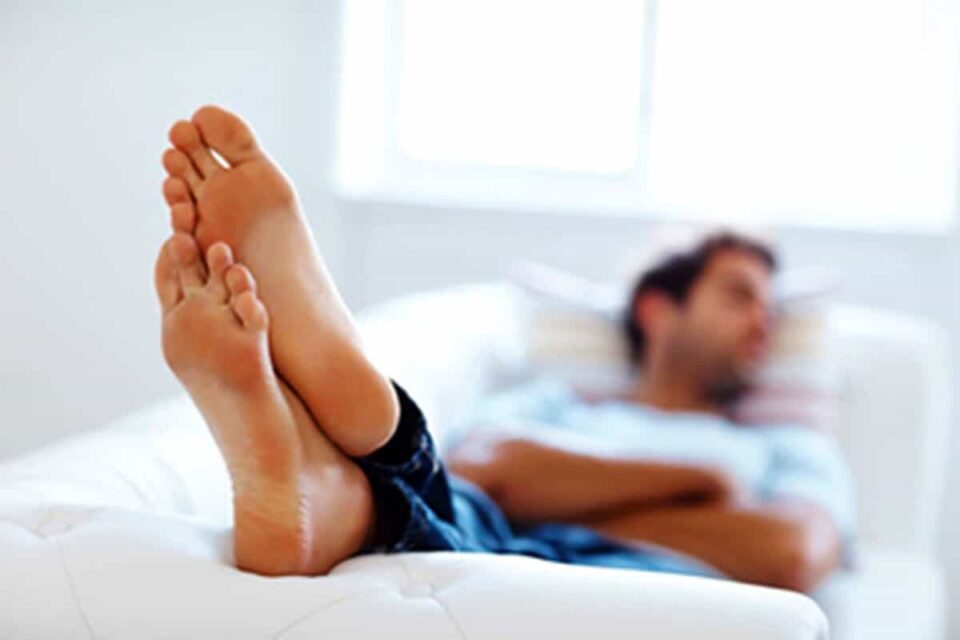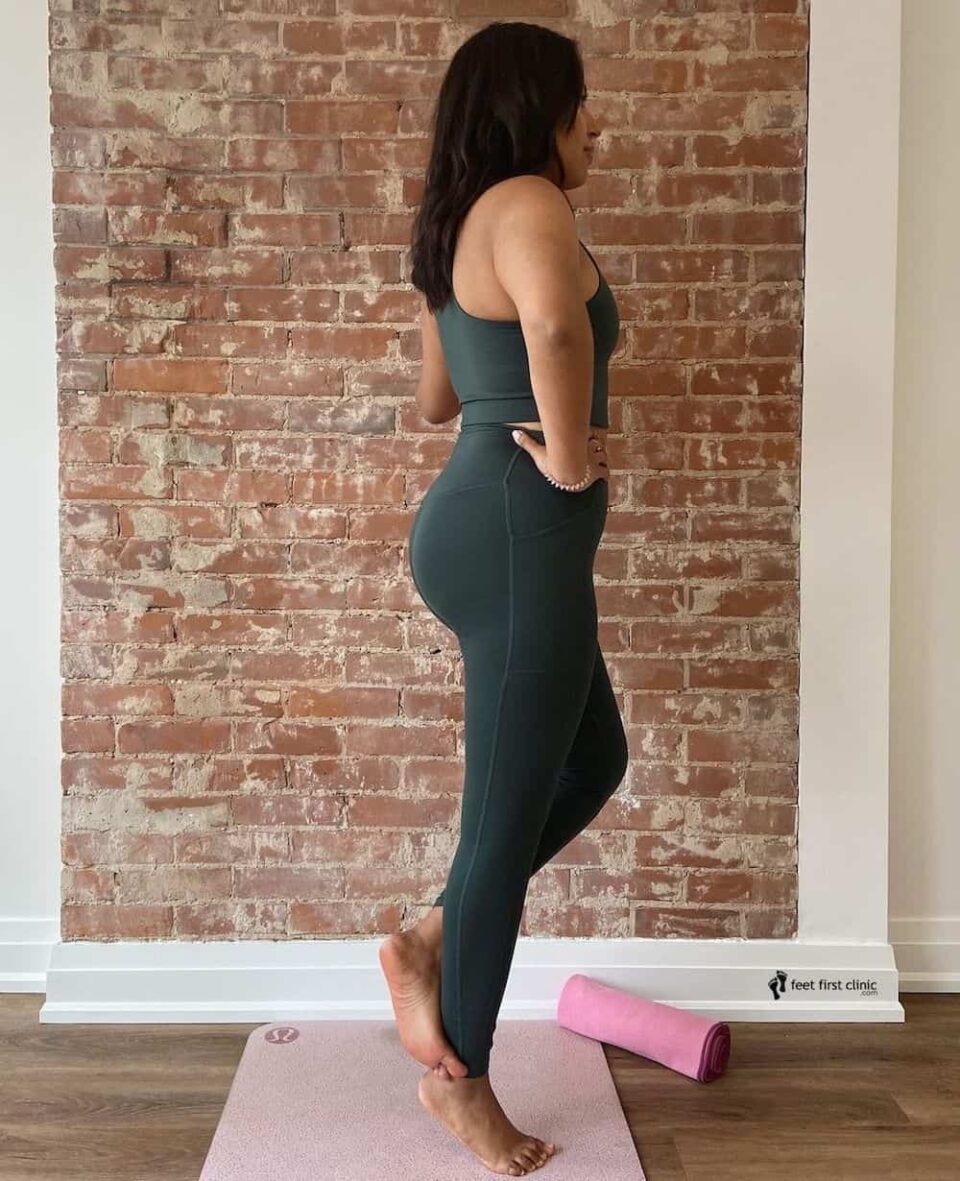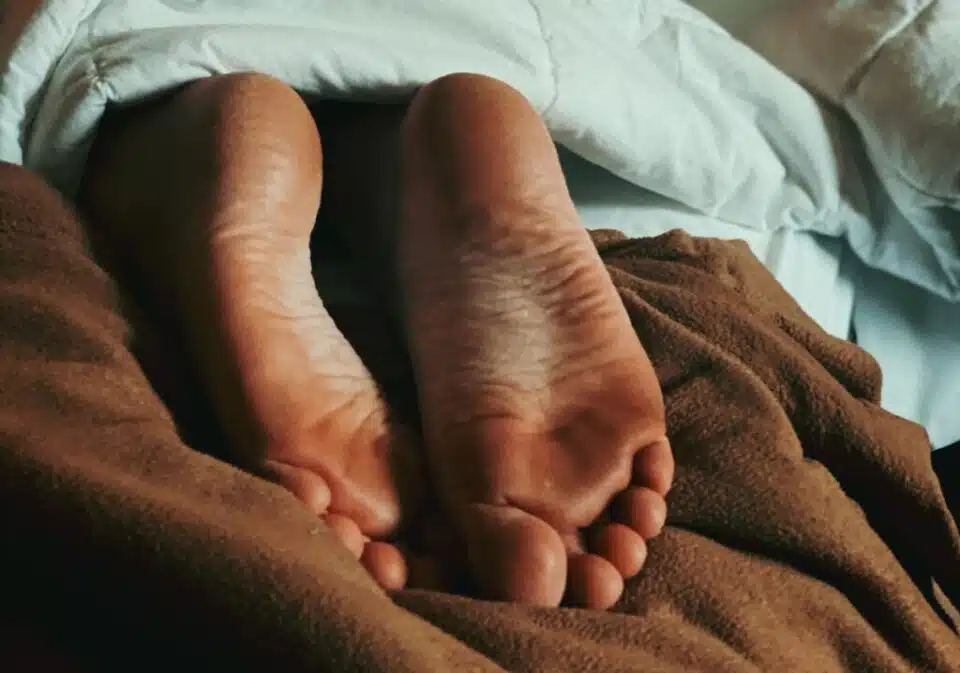Heel spurs are bony growths on the heel bone that look like small bumps on the heel. Although they can’t be removed entirely without surgery, there are several non-surgical treatment options that can provide heel spur relief and maximize your quality of life.
Heel spurs often cause pain and discomfort, especially during weight-bearing activities. The most common form is called a calcaneal spur, which is a bony projection that forms around the calcaneal bone, the strongest, most significant, and posterior-most bone in the feet.
Surgery is only sometimes the best option. Exhausting non-surgical treatment options should come before more intrusive options, especially considering heel spur pain can be managed in several ways. If conservative measures do not provide relief or the pain worsens, you should consult a healthcare professional or foot specialist who can evaluate the condition and recommend further treatment options.
This article outlines some non-surgical treatment options and lifestyle changes for heel spur relief.
Regular rest and icing

Resting the affected foot and applying ice packs for 15-20 minutes several times daily can help reduce inflammation and pain. Allowing adequate rest between activities or when your heel spur flares up provides time to reduce inflammation and swelling. Additionally, rest allows the surrounding muscles to rebound and recover so you don’t overstress certain parts of your foot.
Pain relief medication
Over-the-counter nonsteroidal anti-inflammatory drugs (NSAIDs) like ibuprofen can help alleviate pain and reduce inflammation associated with heel spurs. However, following the recommended dosage and consulting a healthcare professional is essential.
Physical therapy

Specific exercises and stretches can help elongate and strengthen the muscles and tendons in the foot, providing relief from heel spur pain. A chiropodist can recommend the proper exercises to incorporate into your routine to help strengthen and stretch the calf muscle, which is often the culprit for heel pain. Regularly performing stretching exercises for the calf muscles and plantar fascia can help relieve tension and reduce pain associated with heel spurs. These sorts of exercises and stretches shouldn’t just be done when you’re in pain. Incorporate them into your daily routine as part of your lifestyle.
A chiropodist may also recommend treatments such as shockwave therapy, a non-invasive treatment method that uses soundwave pulses. While the name may cause you to assume electrical impulses are at work, they’re actually mild-frequency soundwaves. These soundwaves penetrate through the skin at the site of an injury, which triggers your body to amp up its healing abilities. Very little (if any) pain is involved in the process.
Custom orthotics or inserts
Custom or over-the-counter orthotic shoe inserts can help support the arch and cushion the heel, reducing pressure on the heel spur and providing pain relief. These inserts can be used in both athletic and everyday shoes. You can supplement your shoes with heel cushions or pads for extra heel relief.
Supportive footwear

Wearing shoes that provide proper arch support, cushioning, and shock absorption can help alleviate heel spur pain. Look for shoes with a padded heel and good arch support. For instance, ASICS provides a variety of lines of shoes for various foot types.
Night splints
Wearing a night splint while sleeping can help stretch the plantar fascia and calf muscles, reducing morning heel pain associated with heel spurs. Heel spur pain is typically at its most intense in the morning, and wearing a night splint helps stretch out your calf, reducing tension on your heel during the first few steps of the day.
Weight management and diet

Maintaining a healthy weight, specifically aiming to reduce sudden and significant fluctuations in weight, can help alleviate stress on the feet and reduce heel spur pain. Sudden weight changes or changes to diet can put added stress on your feet and legs while your body adjusts. Following a healthy diet while also exercising can help improve the feeling of your feet and body overall.









